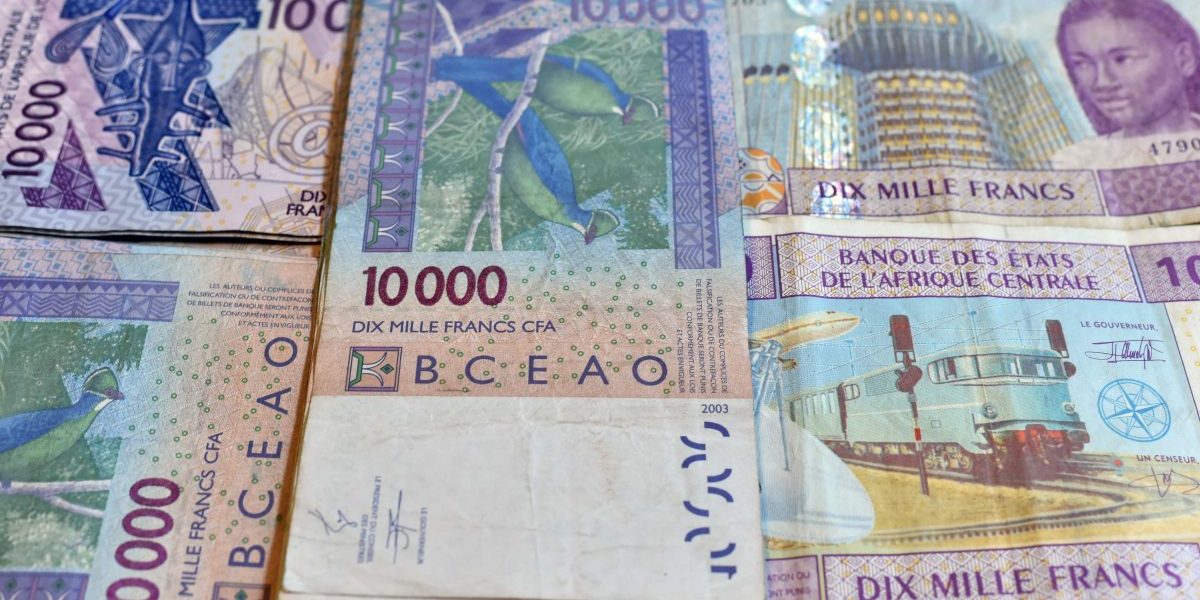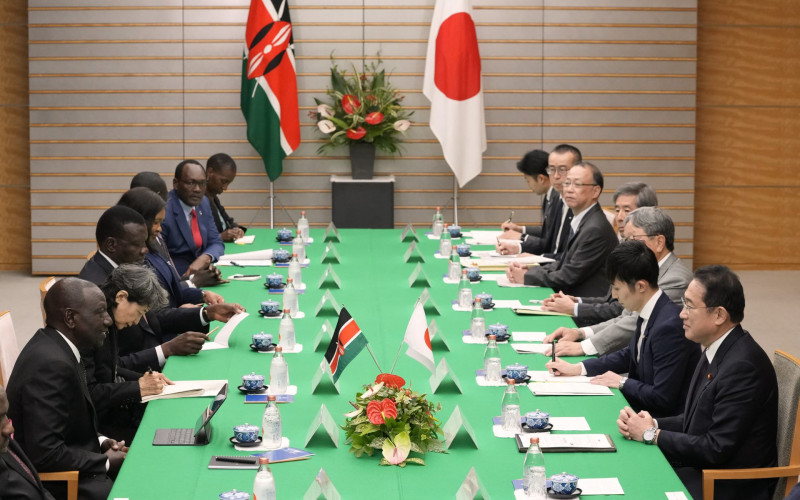Summary:
- Senegal faced its biggest macroeconomic crisis with the spread of COVID-19. To maintain the same growth rate as in previous years, the government implemented major fiscal policies of more than $2 billion (West African CFA 1 000 billion) to trigger the overall economy.
- The Central Bank of West African States has also introduced major monetary policies that, among other measures, kept inflation low, cash flowing and interest rates low.
- To date (2021) the GDP growth rate forecast is more optimistic than prior to the adoption of the fiscal and monetary policies.
- Overall, the dual system has had a positive impact on the economy and triggered a 1.3% real GDP growth compared to a -0.4% GDP growth forecast prior to the implementations of the policies.






